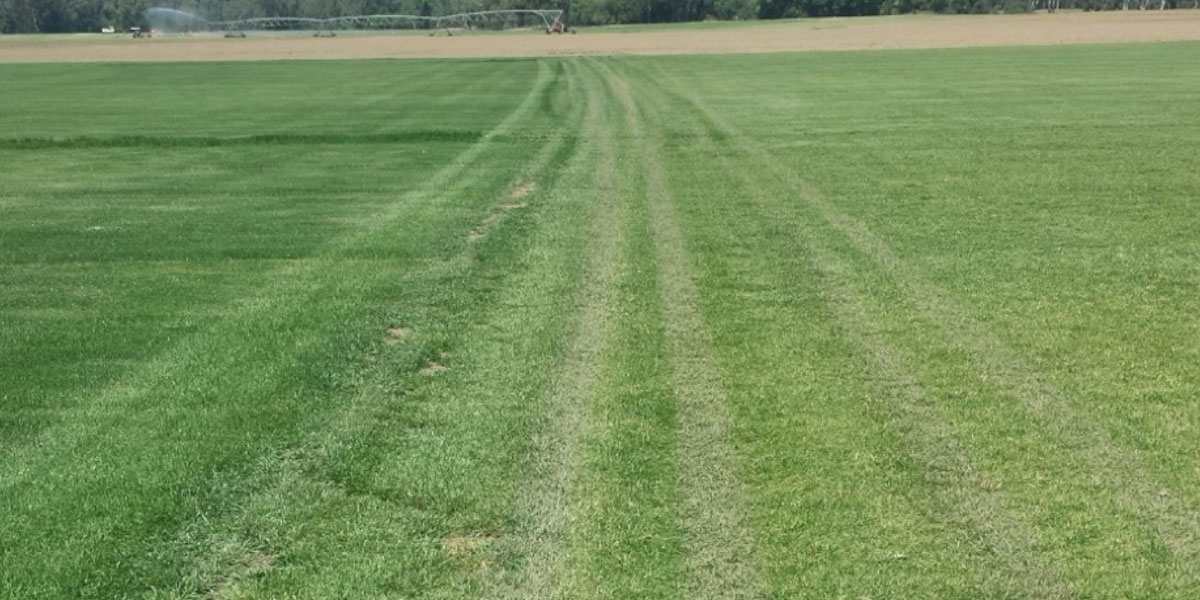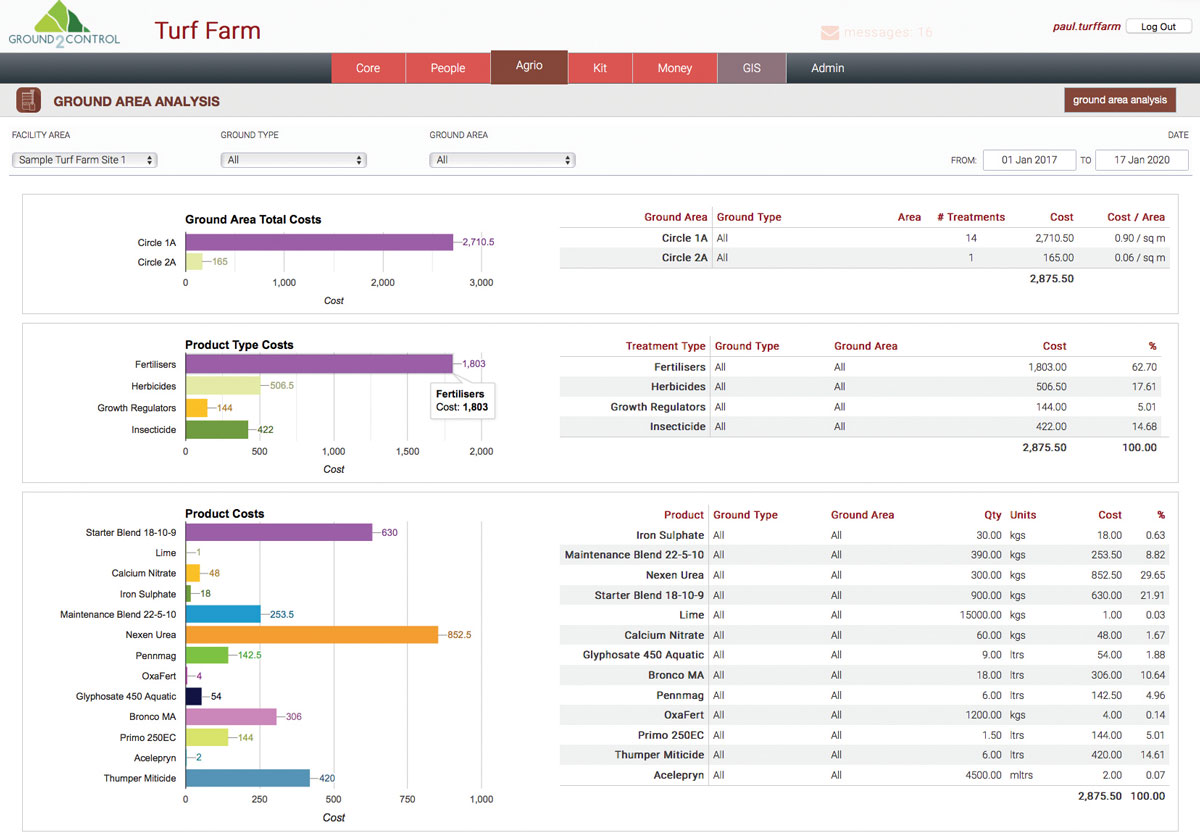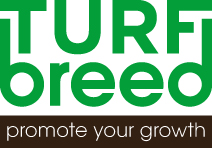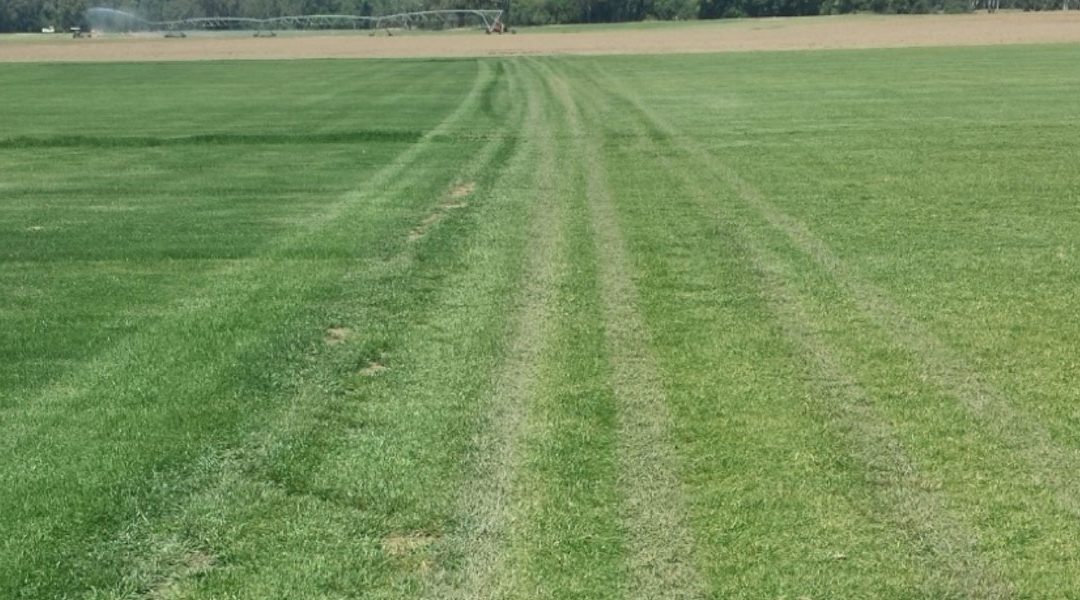Greenway Turf Solutions Director and Head Agronomist, Paul Spencer writes about the importance of growers focusing on turf agronomy before productivity and profitability. Through an effective soil nutrient, tissue and water analytics program, any agronomic concerns – such as nutrition or pests and diseases – can be addressed.
After which a grower can benefit from the rewards of healthy turf production and then profitability.
Assessment of the base soil conditions forms an essential part of a successful turf production operation and ensures there are no nutritional limiting factors to growth.
Creating and maintaining a healthy root-zone environment will generate favourable soil conditions that produces strong turfgrass growth as efficiently, and therefore as cost effectively, as possible.
Soil, plant tissue, and irrigation water quality analysis provides the basis to adequately assess the growing conditions and make informed decisions on soil and plant nutrient applications.
This is critical so a grower can ensure effective utilisation of inputs, where every dollar spent gives the best possible growth outcome.
Creating and maintaining a healthy root-zone environment will generate favourable soil conditions that produces strong turfgrass growth as efficiently, and therefore as cost effectively, as possible.
While it is important to prevent nutrient deficiencies that will limit production, it is also desirable to avoid unnecessary and costly nutrient applications that will not deliver any greater growth outcome.
For example, if phosphorous is at an adequate concentration in the soil and plant, then applying more phosphorous will not result in a greater growth response.
Correct interpretation of soil and tissue analysis that forms the basis of nutritional programs can prevent such unnecessary applications and therefore unnecessary costs.
Figure 1 – is a single point in time soil analysis showing an acidic pH, deficiencies in calcium (Ca), magnesium (Mg) and manganese (Mn), sufficient potassium (K), and high phosphorous (P).

Figure 2 – is a historical comparison showing changes in the soil nutritional status over time, monitoring the effectiveness of programs in place.


In Figure 3 (above) we see a comparison of soil and plant nutrient deficiencies delaying harvest in the block on the right-hand side versus adequate nutrition and a healthy plant in the block on the left-hand side.
Hence the importance of soil and tissue analysis which identify nutrient deficiencies that can be quickly rectified. This is why performing analysis at the start of a crop can prevent such deficiencies and ensure turf production is maximised.
Why analyse the presence of pathogens and disease in turf?
Being able to quickly and accurately identify turfgrass pathogens is critical for limiting turf decline. It also helps to ensure the correct treatments are applied to the turf for rectification.
Disease incidence or insect infestation can significantly prolong grow-in of a block and delay harvest.
Through the assistance of a handheld macroscope, an experienced infield agronomist can often identify suspected pathogens during a farm inspection.
Disease incidence or insect infestation can significantly prolong grow-in of a block and delay harvest.
This initial diagnosis can be verified by collecting a sample for laboratory analysis that includes ‘plating out’ on agar and incubation of the sample to assess mycelium growth and the dominant disease pathogens present.
Such a diagnosis helps to ensure the chemicals are applied to treat the condition, meaning expenditure is not wasted on ineffective treatments that will increase costs and delay harvest.
Figure 4: A macroscope operated by an experienced agronomist can be a useful tool for quick identification of fungal pathogens or insect activity on the farm.

Figure 5: A sample of turf analysed for the presence of diseases.

Figure 6: A sample of turf analysed for the presence of pathogens.

Analysis service
Greenway Turf Solutions believes the key factors behind producing high quality turf start with performing a full analysis of turf (soil nutrients, tissue and water).
GTS uses the Ground2Control software to provide a platform to record and monitor all in the inputs on a turf farm. The software then has the ability to turn that information into meaningful insights about the farm’s operations.
The applications are monitored through the Ground2Control software and provide not only an agronomic history, but also can produce cost summary reports for the whole farm down to individual blocks / paddocks.
For more information visit https://www.greenwayturfsolutions.com/
Figure 1: A summary of input costs that can be broken down by turf variety or individual blocks.

Example: Annual Cost Summary of purchases made per month:


